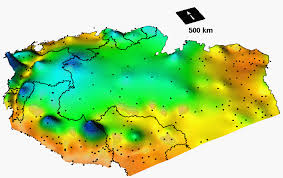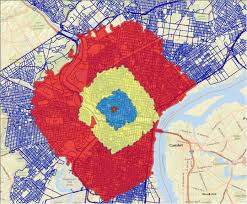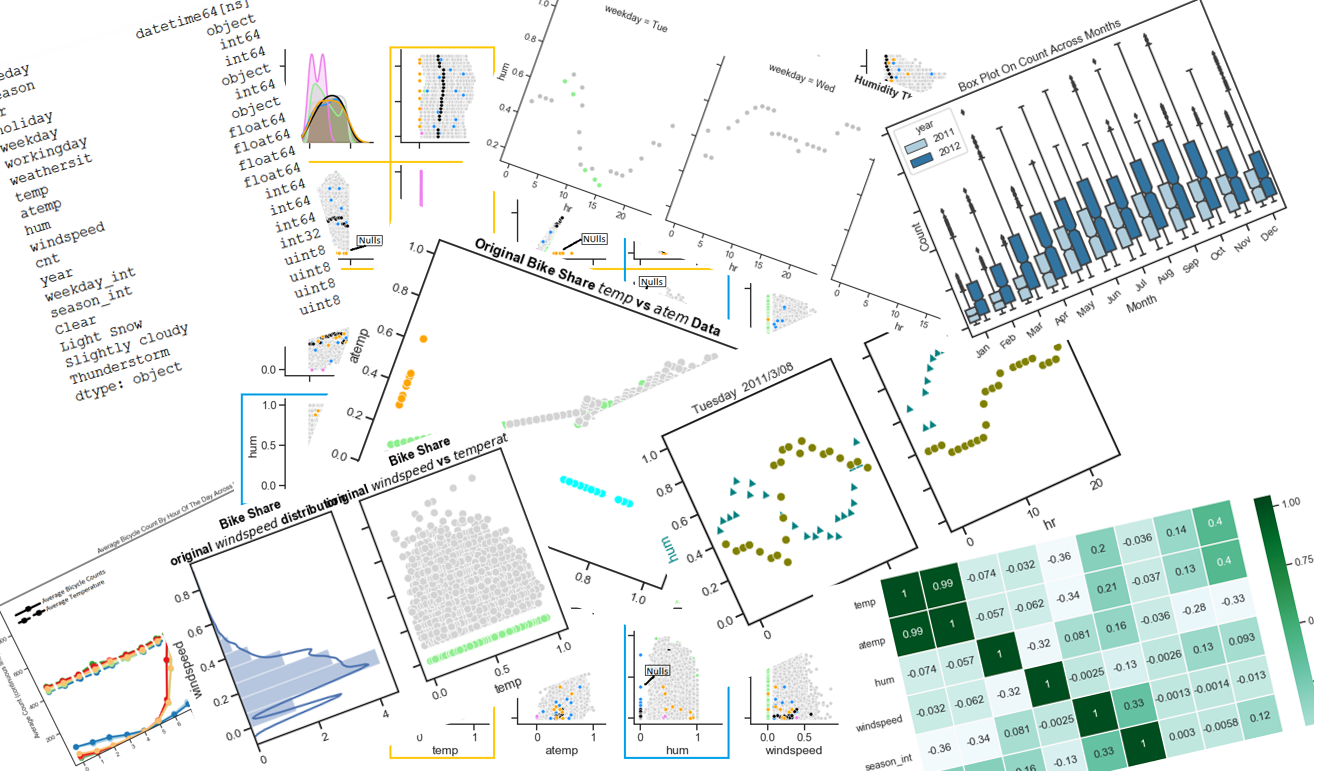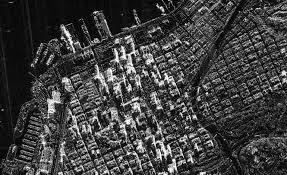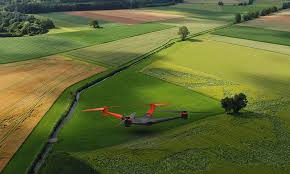Artificial Intelligence
Replacing Human Decision Making with more sophisticated technologies.
Spatial Data Analysis
To solve complex location oriented problems, to find patterns, detect anomalies based on spatial data.
Geovisualization
To visualize Geographic data in an interactive way so that the viewer gets the information in the first look.
Satellite image Analysis
To perform highly accurate satellite image classification ,segmentation, clustering and change detection by applying deep learning techniques.
Sustainable Development Goals
Geospatial data and analysis to calculate many of the SDG indicators.GIS is enabling people across many organizations and geographies to create useful data that contributes to the SDG framework, and ultimately helps to accomplish the 2030 agenda.
Database Management Systems
Integration of MIS and GIS data stores, delivering applications that meet the increasingly demanding analysis and reporting needs.
Would you like to know more or just discuss something?
Contact me


